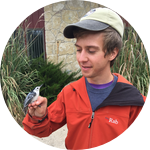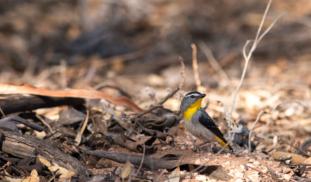Please wait...
About This Project
Blood parasites can have devastating effects on bird populations, and climate change is expected to increase exposure of naïve populations to infection by altering the distribution, composition, and social ecology of bird communities. Yet we lack a complete understanding of how social behavior influences infection risk. I will assess malarial infection in a socially-diverse avian community to test whether a host's disease risk relates to its social behavior in conspecific and community contexts.
More Lab Notes From This Project

Browse Other Projects on Experiment
Related Projects
Using eDNA to examine protected California species in streams at Hastings Reserve
Hastings Reserve is home to three streams that provide critical habitat for sensitive native species. Through...
City smart: Are cities making birds smarter?
One cannot go to Florida and miss the White Ibises roaming golf, park and private lawns. But how does a...
How do polar bears stay healthy on the world's worst diet?
Polar bears survive almost entirely on seal fat. Yet unlike humans who eat high-fat diets, polar bears never...


